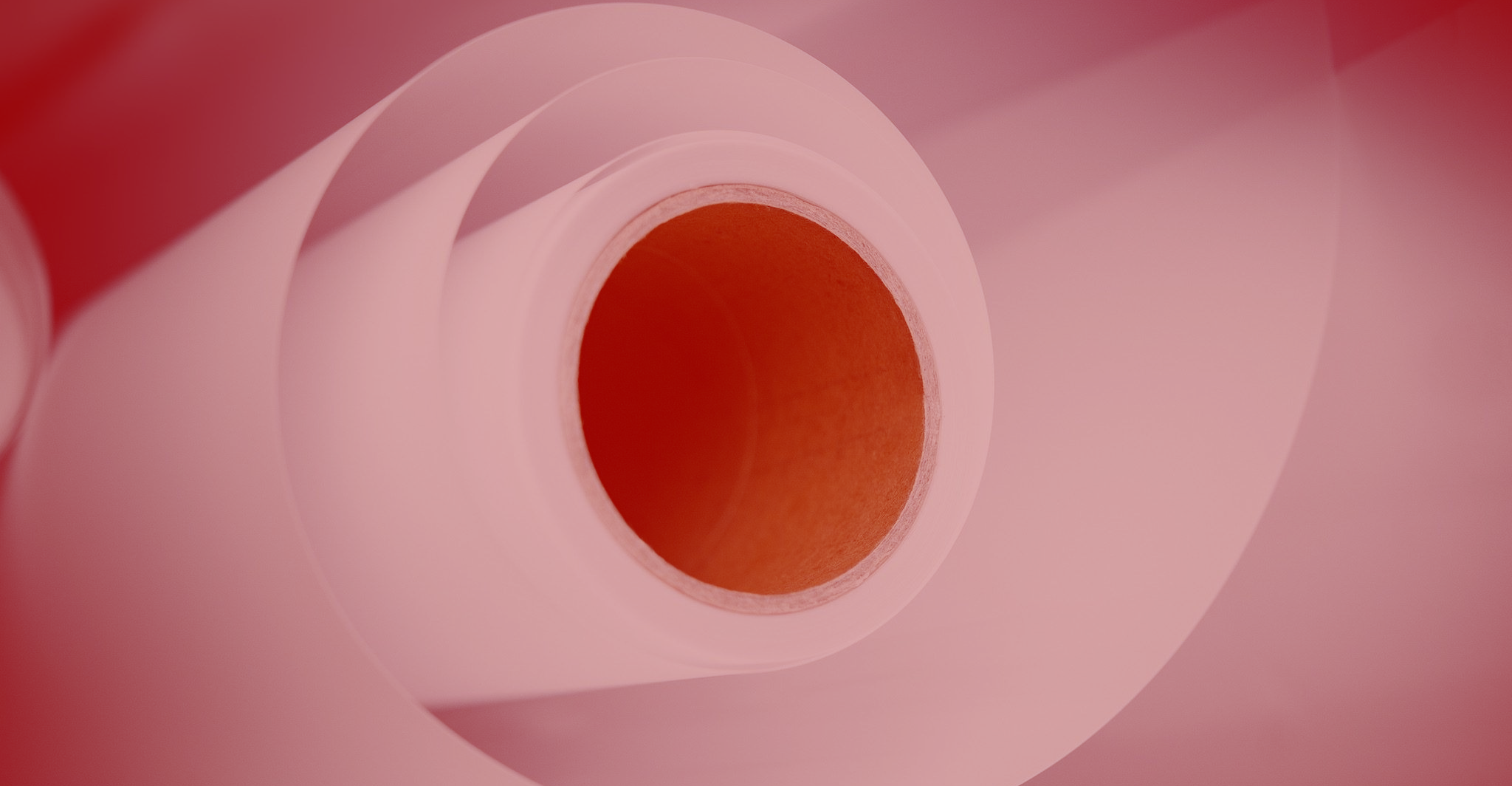Current areas of application
A wide range of possibilities
- Adhesive tapes for attaching gas-sensitive modules
- Transfer adhesive tapes for self-adhesive equipment for molded parts
- Transfer adhesive strips for difficult substrates
- Labels for deep-freeze applications and rough surfaces
- Nonwovens for free-spanning bridging of cavities
- Self-adhesive flat structures in the construction sector
- Sound-absorbing adhesives in various industries
- Breathable adhesive solutions in medical technology
- Residue-free removable protective covers
- and much more.

Range of services
From standard to special
-
Customized solutions
Do you require one of our standard products, but in a different width, length, or with other special parameters? We can accommodate that.
-
New developments
Sometimes you just have to think outside the box. If you have an adhesive problem for which there seems to be no satisfactory solution, we will sit down and develop one. Get in touch with us!
-
Special developments
You already know that dot bonding is the solution to your problem and need an expert who can implement your ideas? Then let’s get together!
-
Standard products
Among other things, we manufacture standard label materials and transfer adhesive tapes (e.g., ATG rolls), which can be ordered at any time. Simply send us an email.
Would you like some examples?
About points, grids, and zones
-
Adhesive zones
This adhesive tape has completely separate adhesive zones. These can be adjusted as desired by the customer. Zones can be implemented in the form of strips, squares, rectangles, and a variety of other geometric shapes. This ensures that only the areas that are supposed to stick actually stick.
-
Adhesive grid
This adhesive tape has a stronger adhesive zone with a dense dot pattern and a lighter adhesive zone with a sparse dot pattern. This allows the adhesive strength to be controlled as required. This is advantageous, for example, if one area needs to be easily removable while the other does not.
-
Line bonding
This transfer adhesive tape has been coated so that the adhesive dots merge into lines, which can then be transferred to the desired surface. This allows, for example, an area that must not be covered with adhesive to be sealed airtight. This transfer tape is also suitable for bonding grid-like materials, such as perforated sheets.
-
Dot size & adhesive strength
The size and diameter of the adhesive dots can be adjusted during coating as required. In combination with the adhesive used, this allows for a wide range of adhesive strengths on the one hand and defined layer thicknesses on the other. In addition, the size of the dots can also be used to compensate for unevenness in the substrate if necessary.
Advantage
What such a point can do
General advantages of the adhesive dot technique
- Different adhesive strengths can be set using the same adhesive
- Permanently adhesive to residue-free removable adhesive layers
- Permeable adhesive layers for gases and liquids can be produced
- Lower adhesive quantities/consumption (with the same layer thickness)
- Higher adhesive layers (with the same amount of adhesive) = ideal for rough surfaces
- Different adhesive strength zones and different amounts of adhesive possible on one surface
- Strong to slightly adhesive adhesive layers
- Precise transfer of adhesive
- No adhesive threads
- Multiple transfers to the same surface without adhesive threads
- The amount of adhesive can be varied precisely from 0.001 g/m2 to 200 g/m2
- Transfer of adhesive dots simply by pressing down
- More flexible webs of coated material – adhesive dots stiffen much less than a continuous adhesive layer
- No drying times – can be processed immediately
- Precise control of the width, height, and shape of the dots
- Bubble-free adhesion – air can be squeezed out between the adhesive dots
Special advantages of the adhesive dot technique with hot melts
- No penetration into the paper (grease transfer) > rub-off resistance
- Precise control of penetration into the nonwoven fabric possible
- Water and moisture resistance
- Application at high viscosity > low penetration, high layers, and high adhesive quantity
- No residual solvents or dispersion aids
- Higher adhesive strength than dispersions
- Thermal and light stable